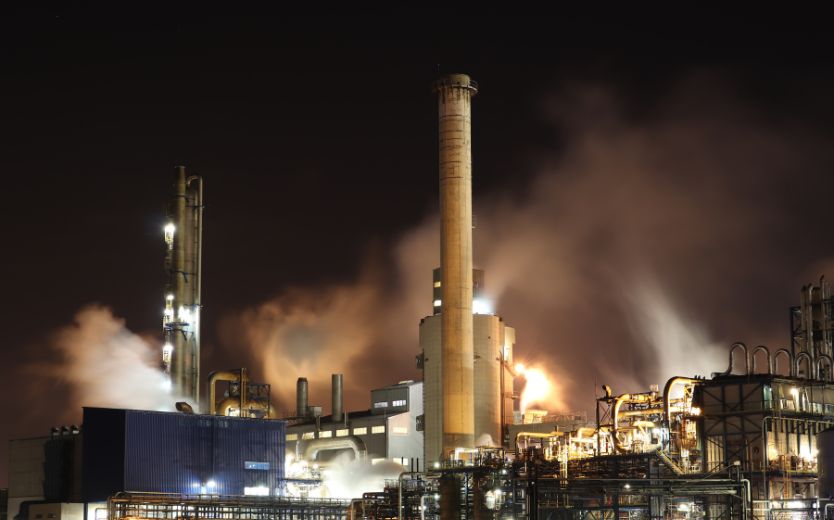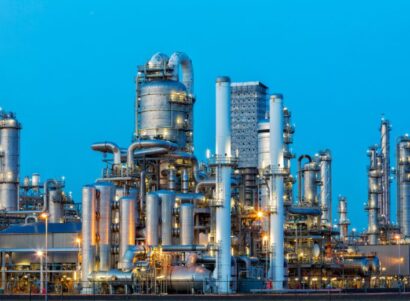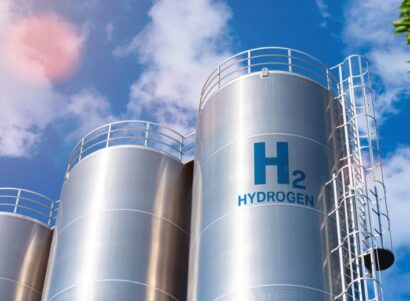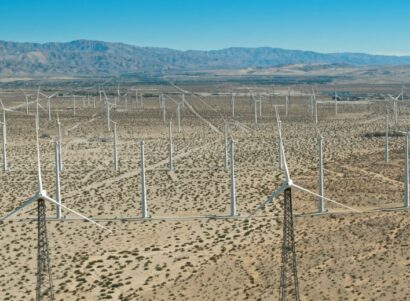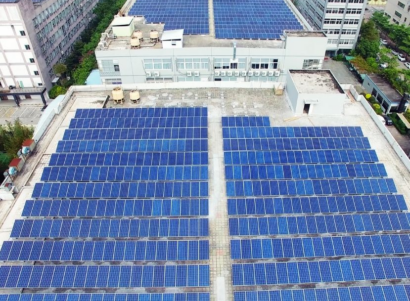Chemical regulations that govern hydraulic fracturing do not apply to numerous other uses of the same chemicals on oil- and gas-development fields
OAKLAND, Calif. — California and more than two dozen other states require oil and gas producers to disclose the chemicals they use during hydraulic fracturing activities, enabling scientific and public scrutiny of the environmental and human health hazards these substances may pose. But all existing disclosure regulations cover chemical use only in hydraulic fracturing, known as fracking, and, in California, two other types of well-stimulation treatments. Many of the same chemicals used in hydraulic fracturing go undisclosed when they are used in numerous routine, unregulated oil- and gas-field activities such as the drilling, cleaning and maintenance of wells, according to a study published in PLOS ONE today (April 19). The study, conducted by scientists at the Lawrence Berkeley National Laboratory, University of the Pacific and the California-based energy science and policy institute PSE Healthy Energy, is the first published research to investigate chemicals used in unregulated routine oil- and gas-field activities, including the overlap between chemicals used in both regulated and unregulated activities.
Analyzing publicly available data of chemical use in oil and gas production operations in the Los Angeles Basin, researchers found that the number of the chemicals used for routine activities is as high or higher than the number used for hydraulic fracturing, and those chemicals are used frequently and in high quantities. Further, the disclosure data showed that the same chemicals used in hydraulic fracturing were also used in more than half of recorded routine activities, which are unregulated. For example, they found common use of biocides, a class of hazardous chemicals that includes formaldehyde, and acidizing agents including hydrofluoric acid, in both regulated well-stimulation activities and unregulated routine activities. These findings have major implications for chemical disclosure policies and risk assessments of oil and gas development in California and across the nation, the researchers concluded.
“Policies that focus exclusively on hydraulic fracturing or well stimulation miss a huge swath of chemical usage that poses environmental and human health hazards,” said Seth B.C. Shonkoff, executive director of PSE and corresponding author on the study. “Especially as water produced by oil and gas development is increasingly used to replenish aquifers, irrigate agriculture, water livestock and increase stream flow around the country, we need to know, more than ever, what’s in it. Policies that govern chemical use in oil and gas development should apply to all uses—none of these known hazardous substances should be getting a free pass,” he said.
Same chemicals, different rules
Scientists analyzed data from the South Coast Air Quality Management District, which encompasses the densely populated Southern California counties of San Bernardino, Orange, Riverside and Los Angeles—the second most productive oil and gas region in the third largest oil producing state in the United States, according to the study authors. The air district’s unique chemical disclosure rules for the oil and gas sector provided researchers with the only existing source of chemical use in routine activities in the United States; unlike the rest of the state, oil and gas operators in the jurisdiction must publicly disclose chemical-usage information related to most oil and gas activities, not just in fracking and well stimulation.
The analysis found that of the 548 chemical additives reported to the Los Angeles Basin database, 525 of those–about 95 percent–were used in activities that do not require disclosure under statewide policy. The most frequently used chemicals included solvents, petroleum products and salts, which are blended for production uses; carboxylic acids, which are used to control scale and iron; corrosion inhibitors; and hydrochloric and hydrofluoric acid, which were used extensively and in large quantities for well cleaning and routine maintenance. Biocides, a class of hazardous chemicals that kill bacteria, were used in 63 percent of routine events recorded, compared to 93 percent of hydraulic fracturing treatments. In routine uses, the most commonly used biocides were formaldehyde, a preservative with numerous medical and industrial applications, which was used in 57 percent of events; and glutaraldehyde, a disinfectant with a variety of applications in medical settings, which was found in 23 percent of events.
“A comparison within the statewide database shows a significant overlap between both types and amounts of chemicals used for well-stimulation treatments included under California’s mandatory-disclosure regulations and routine activities that are currently excluded from state regulations,” said study lead author William Stringfellow, director and professor of the Ecological Engineering Research Program at University of the Pacific in Stockton, California, and an environmental staff engineer at Berkeley Lab.
Due to the extent of chemical usage and the overlap with chemicals that are regulated when used during hydraulic fracturing, researchers called for further study and more policies that expand beyond a focus strictly on hydraulic fracturing.
“Given concerns regarding the use and release of hazardous chemicals during oil and gas development around the country, the increasing reuse of produced water and its rising potential for human exposure, it is important to evaluate chemicals put down wells for any purpose, not just those used during the limited phase of hydraulic fracturing,” Shonkoff said.
Increase in Chemical-Exposure Pathways
An increased interest in expanding the reuse of produced water—water generated as a byproduct of oil and gas production—for food-crop irrigation and aquifer recharging, along with oil and gas fields increasing being co-located in areas of high population density like the Los Angeles Basin, increases the potential for chemical exposures. Hazards posed by these chemical additives are in addition to those posed by naturally occurring constituents of produced water, such as salts, heavy metals, volatile organic compounds, hydrocarbons and naturally occurring radioactive materials. The authors also note that they found many chemicals in use that were considered low-risk for human and environmental exposures.
The study was the outgrowth of research published in 2015 to bring California in compliance with the state’s 2013 Senate Bill 4. In addition to requiring disclosure of chemical use in hydraulic fracturing and two other types of well stimulation treatments, the bill mandated an independent scientific study to identify and describe the hazards, risks and impacts of hydraulic fracturing and oil and gas development throughout the state. Shonkoff, who is also a visiting scholar at the University of California, Berkeley, and an affiliate of Berkeley Lab, was the lead author on the public health portion of that report, which was produced on behalf of the California Council on Science and Technology.
“When we evaluated the reported hydraulic-fracturing chemicals, we saw numerous other chemicals that were unaccounted for in the disclosures,” Shonkoff said. “We saw that there’s a lot we don’t know about the chemicals used in non-hydraulic fracturing events in oil and gas fields—that information gap can put the public’s health at risk.”
# # #
Physicians, Scientists and Engineers (PSE) for Healthy Energy is a nonprofit research institute dedicated to supplying evidence-based scientific and technical information on the public health, environmental and climate dimensions of energy production and use. We are the only interdisciplinary collaboration focused specifically on health and sustainability at the intersection of energy science and policy. Visit us at psehealthyenergy.org and follow us on Twitter @PhySciEng.
